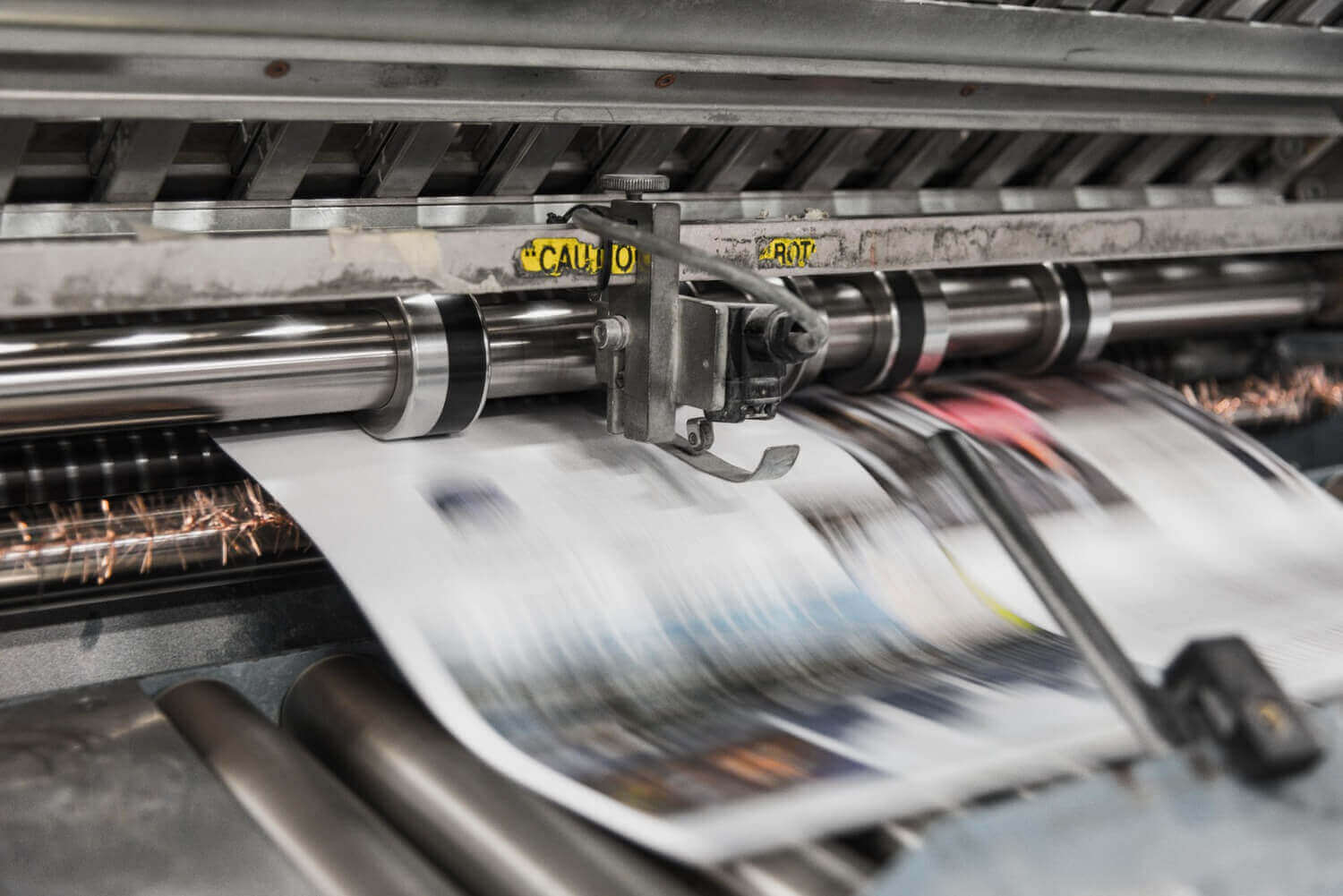Innovative makers are launching new products daily through print on demand.
Innovative makers are launching new products daily through print on demand.
Blog Article
Recognizing How Digital Printing Transforms the Printing Sector
The printing sector, long soaked in standard approaches, is undertaking an extreme improvement with the arrival of digital printing. With its potential to stimulate interaction with individualized web content and to supply lasting remedies, it's clear that electronic printing is even more than a technical development; it's an essential game changer.
The Evolution of Digital Printing: A Brief Overview
Since its inception, electronic printing has actually gone through significant transformations, consistently changing the printing market. Its development started with the growth of xerography in the mid-20th century, a procedure which prepared for laser printers. With the arrival of the 90s, digital printing technology started to develop, and the industry observed the intro of direct imaging presses, which removed the requirement for printing plates. As the brand-new millennium unfolded, improvements in innovation additionally spurred the development of electronic printing, leading to the production of high-speed inkjet printers. These tools used exceptional quality and rate, forever transforming the landscape of the industry. Today, electronic printing stands as a testament to human technology, continuously developing to fulfill the ever-changing needs of the modern-day world.

Unpacking the Innovation Behind Digital Printing
Diving into the ins and outs of electronic printing technology, one comes across an abundant tapestry of advanced machinery and complex formulas. At the heart of this process lies a digital picture, which is refined by software that divides it into a grid of dots. This complex system, reinforced by advanced software and high-resolution imaging, has changed the landscape of the printing sector, leading the means for unprecedented levels of information and precision.

The Advantages of Digital Printing for Organizations
Comprehending the modern technology behind electronic printing offers a clear picture of its precision and information. Electronic printing is ecologically friendly, using much less ink and producing much less waste. The complete capacity of digital printing is understood when made use of for personalization and personalization, a subject that will certainly be covered in deepness in the next section.
The Duty of Digital Printing in Customization and Personalization
While see this conventional printing methods have problem with customization and personalization, digital printing excels in these areas. It enables for the easy change of styles, without the need for pricey and lengthy plate changes (print click over here now on demand). This makes it possible for businesses to customize products to specific clients, meeting details requirements and boosting client fulfillment
Digital printing also enables for variable information printing, where elements such as text, graphics, and photos may be altered from one published item to the following, without slowing down the printing process. This is specifically advantageous for straight advertising and marketing campaigns, where individualized messaging can dramatically improve response rates. By doing this, electronic printing not only transforms the printing market yet additionally transforms the way services communicate with their clients.
Evaluating the Ecological Influence of Digital Printing
Although digital printing has been lauded for its role in personalization and customization, it is important to analyze its ecological influence. Digital printing can be much less inefficient than traditional methods, because it operates on a 'print on demand' basis, getting rid of the need for large print runs that can result in surplus and waste. Additionally, it uses fewer chemicals and produces less volatile natural compounds (VOCs) compared to balance out printing. The power use of electronic printers can be high, leading to boosted carbon impact. Moreover, using non-recyclable printing elements and the challenge of e-waste management pose significant environmental problems. While electronic printing has lots of advantages, its environmental influence should be conscientiously taken care of.
Final thought
Finally, electronic printing has actually transformed the printing sector, using rapid, cost-efficient, and top notch services. It promotes personalization, boosting customer involvement, news and employs a lasting print-on-demand model. As this innovation remains to develop, its effect on company interaction, customer fulfillment, and ecological sustainability ends up being significantly profound. Recognizing these changes is vital for businesses to take advantage of the advantages of electronic printing efficiently.
Report this page